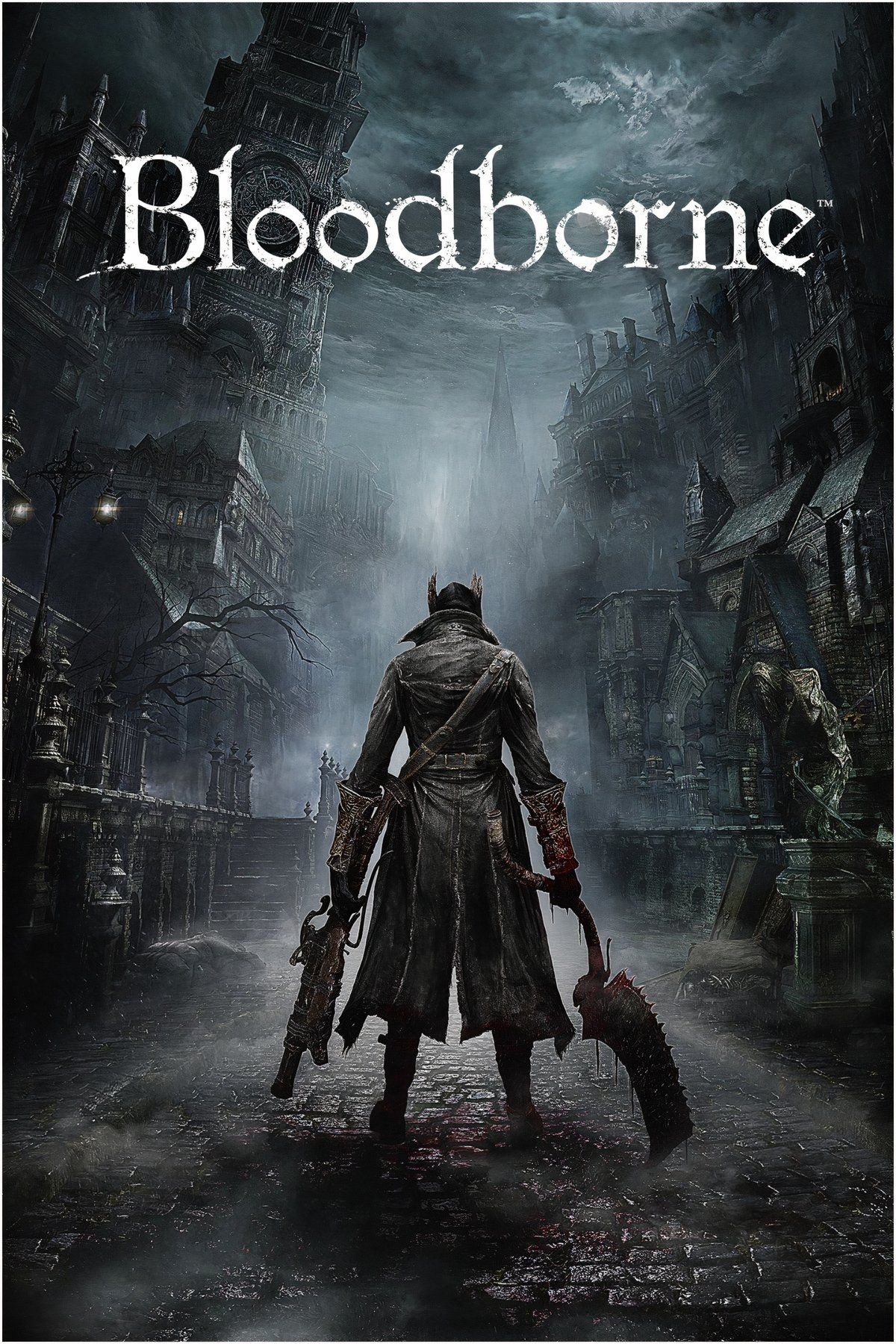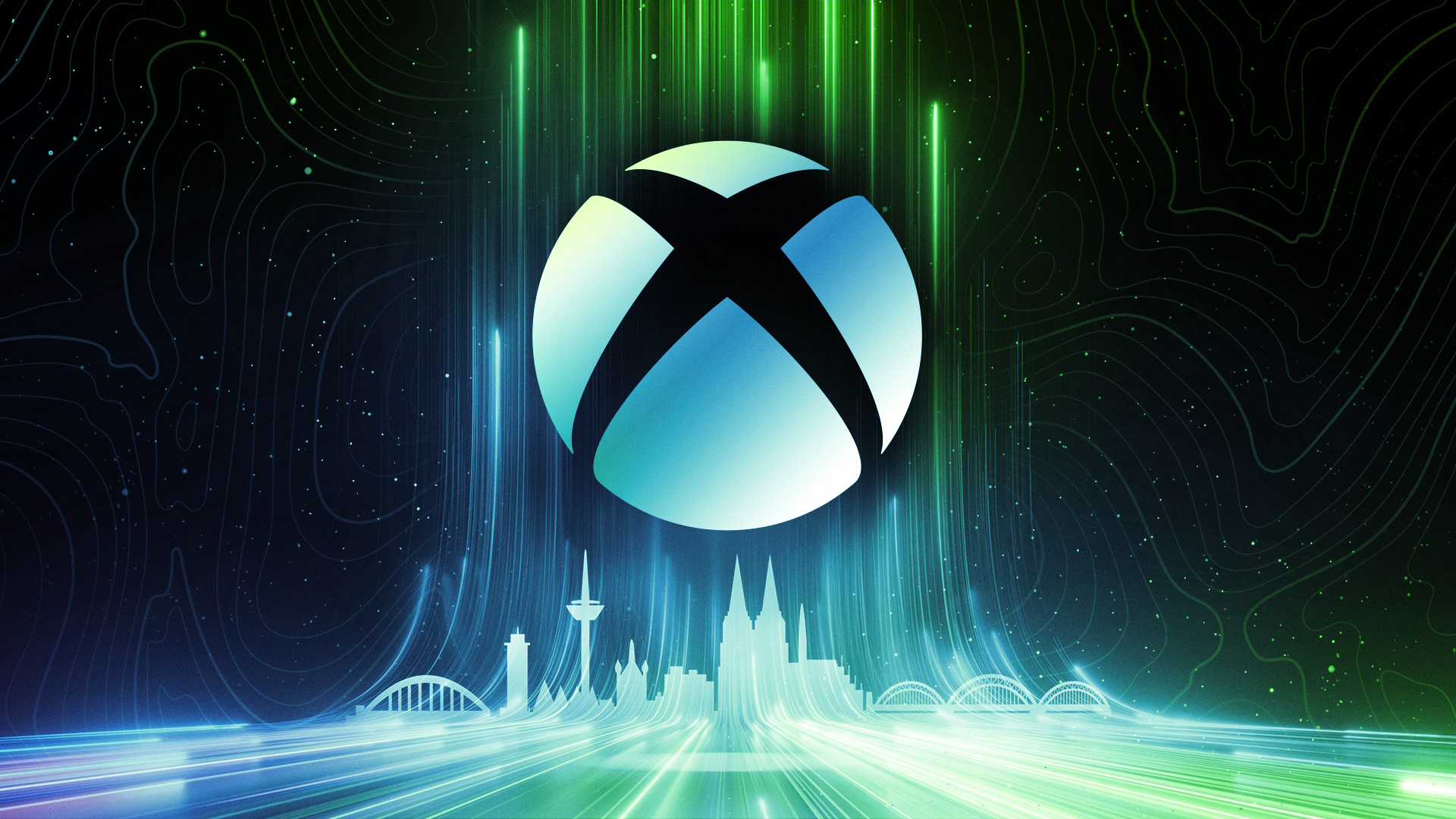It says a lot about Bloodborne that, even when stacked up against the other titles in FromSoftware’s prestigious library, it stands out as perhaps the studio’s magnum opus for many players. Hype for Bloodborne had already been at a fever pitch before the game’s official reveal at E3 2014 thanks to leaked screenshots and gameplay footage, and the debut of its first trailer only seemed to stoke the flames of anticipation higher. By the time Bloodborne finally arrived on March 24, 2015, it immediately became a massive commercial and critical success for FromSoftware, selling nearly 150,000 units in its first week and surpassing 1 million units by April 2015.
Since Bloodborne‘s launch, though, the title has taken on somewhat mythical qualities compared to other games in the FromSoftware library thanks to its place as a game of contrasts. While Bloodborne‘s gameplay and FromSoftware lineage would have players believe it played similarly to the studio’s past games helmed by Hidetaka Miyazaki, going hands-on with Bloodborne quickly proved that it practically required forgetting everything known about Dark Souls in favor of encounter design that emphasized speed, aggression, and pressing the enemy. Its story swaps the high fantasy and grandiose world-building of the Dark Souls trilogy for a self-contained and potent cosmic horror tale that stands as one of the great works of Lovecraftian fiction, raising paradoxical ideas about the healing power of blood while simultaneously recognizing its potential as a carrier of disease. And, puzzlingly, Bloodborne remains trapped on a last-gen console despite pleas from fans and the quantifiable success it has within the FromSoftware library.

Related
Bloodborne: Why You Should Start Over in 2025
Despite a lack of fanfare, the year 2025 holds special meaning for Bloodborne, and the FromSoftware classic is worth returning to for the occasion.
Bloodborne’s Combat Remains Unique Among the FromSoftware Soulsborne Games
A large part of what makes Bloodborne continue to stand out among other titles in the FromSoftware library is its unique approach to combat. While Bloodborne does carry over some trademarks of Miyazaki’s previous games in its encounter design — such as needing to take a methodical approach to combat via observing enemies and responding to their move sets, as well as having actions be governed by a stamina meter — the game places a premium on aggression and speed, feeling noticeably faster and making Dark Souls and Dark Souls 2 feel incredibly slow by comparison. That emphasis on speed is something that Miyazaki would bring to Dark Souls 3 thanks to how well players responded to the new flow and rhythm of combat, but Bloodborne‘s rewarding of aggression through the “Rally” mechanic remains unique to the title.
Bloodborne also remains a singular entry among the FromSoftware “Soulsborne” titles thanks to its inclusion of Firearms. Bloodborne‘s omnidirectional dodge is the default method for avoiding enemy attacks and also happens to be faster and more responsive than any other similar evasive maneuver in a FromSoftware game, but the inclusion of Firearms opens up a new way to parry attacks that differs greatly from similar options in Demon’s Souls, Dark Souls, or Elden Ring. The complete lack of shields encourages players to constantly be on the offensive, and using a weapon to parry enemy attacks is a fitting way to communicate this shift in strategy to players while also serving as an appropriately diegetic mechanic.
A Decade Later, Bloodborne’s Narrative Has Earned its Place as a Pinnacle of Cosmic Horror
The term “Lovecraftian” gets thrown around quite a bit when discussing cosmic horror, but few works actually come close to achieving the same level of existential dread, unease, and abject terror that the works of authors like H.P. Lovecraft and Robert W. Chambers were capable of eliciting. Bloodborne‘s narrative is both a sharp left turn from the style, atmosphere, and storytelling approach of the Dark Souls games while also serving as one of the few “Lovecraftian” narratives to reach the same highs of the subgenre’s namesake, standing shoulder-to-shoulder with H.P. Lovecraft’s library as an essential piece of cosmic horror fiction in a way few other media artifacts can attest to. And the central idea that elevates Bloodborne‘s story, one that has mystified and captured the attention of humanity for centuries, is the power of blood.
From its title alone, it’s apparent that Bloodborne places importance on blood, but diving into the game’s story and connecting the dots (both contextual and assumptive) ultimately reveals it to be a powerful and contrasting symbol within its narrative. Blood is the carrier by which the citizens of Yarnham are undone: transformed into frenzy-addled beasts after becoming contaminated by the sickness that arose from its supposed healing powers.
But, paradoxically, blood is also the primary means by which the Hunter heals themselves, and this dichotomy elevates Bloodborne‘s Lovecraftian narrative to a tale where the player has agency over its interpretation. Questions over whether players give into the healing power of blood or fight against it, or whether they choose to wake from the nightmare or perpetuate it indefinitely, drive the game’s cosmic horror narrative forward but are ultimately answered by the choices of the player rather than simply being provided to them.

Related
Elden Ring: Nightreign Feels Like the Logical Progression for One Bloodborne Feature
Elden Ring Nightreign is a brand-new concept for FromSoftware, but looking back at Bloodborne, it may not be as radical of a departure after all.
The Question Remains Over What the Next Ten Years Could Hold for Bloodborne
There’s a strong case to be made that Bloodborne‘s uniqueness among other FromSoftware titles is precisely what has continued to endear it to fans both old and new in the intervening years since its release, but it also raises an important question over what the future holds for the IP. Bloodborne fans have ostensibly depleted any remaining reserves of “copium” after repeated false alarms of potential Bloodborne remasters, remakes, or much-requested PC ports, and it feels like Sony would have already done something with the property by now if had any intention of ever doing so. On the 10th anniversary of one of FromSoftware’s most celebrated and unique titles, perhaps it’s time that players recognize that Bloodborne‘s place as a historical outlier in the studio’s catalog justifies it as an artifact worth celebrating, just not reviving.
As much as fans would love to see a sequel or even a remaster of the original game, the closure of Sony’s Japan Studio makes that prospect difficult to imagine, and history has already proven every previous Bloodborne-related rumor to be entirely without water. For all the justifiable love that Bloodborne still receives, the title does stand as a pivotal and singular entry in FromSoftware’s catalog with an untarnished legacy. Perhaps leaving it in the past is the only way to ensure that it continues to stand the test of time as an unmistakable high-point in the FromSoftware library and a game without equal.














Leave a Reply